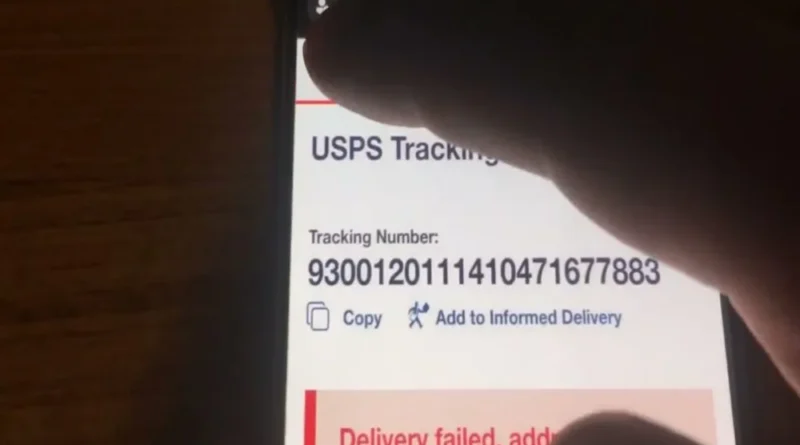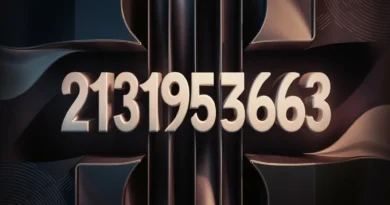Unraveling the Enigma of 9300120111410471677883: A Journey into Mathematical Curiosity
Mathematics is a field filled with infinite possibilities, intriguing patterns, and mind-bending problems. For centuries, mathematicians and enthusiasts alike have been drawn to numbers and their hidden secrets. Among them, large numbers and unusual sequences often capture our attention, leaving us pondering their significance. The number 9300120111410471677883 is one such mathematical enigma, a string of digits that, at first glance, seems arbitrary but beckons the curious mind to explore its depths.
In this article, we will delve into this particular number—9300120111410471677883—and investigate its potential connections to mathematical phenomena. While at first, it may seem like just another long number, there are multiple ways we can explore its meaning and significance.
The Appeal of Large Numbers in Mathematics
Large numbers have always played a fascinating role in mathematics. From the concept of infinity to the discovery of prime numbers, these enormous quantities challenge our understanding and spark curiosity. A string of digits like 9300120111410471677883 might appear random, but that is precisely what makes it interesting. Could it be a hidden code? A special sequence? Or just a random number pulled from the ether of possibility?
Mathematicians, cryptographers, and number theorists frequently encounter large numbers in their work, where they often play a crucial role in discovering new mathematical theorems or securing encrypted data. Consider prime numbers, which can be massive and are integral to modern encryption techniques. Alternatively, irrational numbers like Pi (π) continue indefinitely without repeating, raising the question of whether there are hidden patterns within these digits.
The Structure of 9300120111410471677883: Patterns and Possibilities
One of the first steps in analyzing a large number like 9300120111410471677883 is breaking it down into its components to look for patterns. Numbers can be investigated in several ways—whether by their prime factors, the sum of their digits, or by grouping digits in specific sequences.
Let’s begin by observing the number in smaller chunks:
Breaking it down into manageable parts:
- 930, 0120, 1114, 1047, 1677, 883
Upon initial examination, no clear pattern emerges in terms of symmetry or repetition. However, the digits do invite further exploration, such as whether they represent something when interpreted differently.
Cryptographic Significance
In the world of cryptography, large numbers are often used to encrypt information. RSA encryption, for instance, relies on the difficulty of factoring large numbers into their prime components. Could 9300120111410471677883 be used as a key for some cryptographic algorithm?
RSA encryption works by selecting two large prime numbers, multiplying them together, and using the resulting product to encrypt data. The challenge in decrypting that data lies in the difficulty of reversing the process without knowing the original prime factors. While 9300120111410471677883 might not immediately reveal whether it has cryptographic potential, its sheer size makes it worth considering for encryption-related purposes.
Number Theory and the Search for Prime Factors
Another mathematical approach is to determine whether this number has any interesting prime factors. Prime numbers are those that are only divisible by themselves and one. Many large numbers, when analyzed, reveal fascinating prime components.
Prime factorization of large numbers can be an intensive task, often requiring computational power. Finding the prime factors of 9300120111410471677883 would require dividing it by smaller prime numbers and determining whether it can be factored. However, given the size of the number, such a task might take significant time and resources.
There is also the possibility that 9300120111410471677883 is itself a prime number. Prime numbers are not always immediately apparent, especially when they reach such high magnitudes. A discovery like this could make 9300120111410471677883 notable in the world of mathematics.
Mathematical Sequences: Could It Belong to a Sequence?
Another intriguing possibility is that this number is part of a mathematical sequence. For example, the Fibonacci sequence is one of the most famous in mathematics, where each number is the sum of the two preceding ones. Sequences like the Fibonacci sequence or others, such as the Lucas numbers, often produce large numbers with recognizable patterns.
Mathematicians have also explored sequences where numbers are constructed by applying specific rules, such as adding, multiplying, or performing more complex operations on smaller numbers. While it is unclear whether 9300120111410471677883 is part of an established sequence, testing it against known sequences could provide insights into its origin.
Could 9300120111410471677883 Be a Special Constant?
Another angle worth investigating is whether 9300120111410471677883 represents a special constant. Many constants in mathematics hold immense significance, from Pi (π) to Euler’s number (e). These constants are used in countless equations and have well-known decimal representations.
While 9300120111410471677883 doesn’t immediately resemble the digits of Pi or other well-known constants, there could be hidden relationships. Perhaps it is an approximation of some yet undiscovered constant, or it might play a role in equations we have yet to explore.
Is It Just a Random Number?
Lastly, it is entirely possible that 9300120111410471677883 is simply a random number. With the infinite possibilities that numbers offer, the chances of generating a number like this are high. Random number generators produce digits that serve a variety of purposes, from simulations to cryptographic keys, and often these numbers have no deeper meaning beyond their randomness.
Even in randomness, however, numbers can tell stories. Randomness itself is a fundamental concept in mathematics, one that holds great importance in probability theory, statistics, and even quantum mechanics. The notion that something as simple as a string of numbers can embody randomness is a reflection of the complex beauty that mathematics offers.
Conclusion: The Mystery of 9300120111410471677883
9300120111410471677883 is an enigmatic number that, at first glance, appears random and arbitrary. Yet, mathematics invites us to explore its deeper possibilities—whether it’s through number theory, cryptography, prime factorization, or sequence identification. This number challenges us to think critically, analyze it from various angles, and ponder whether it holds any special significance.
Though we may not have unraveled all of its secrets, 9300120111410471677883 reminds us of the endless curiosity that numbers provoke. Whether it’s a key to some cryptographic puzzle, a part of an unknown sequence, or simply a random string of digits, the journey into its enigma illustrates the beauty of mathematical exploration.
FAQs About 9300120111410471677883
1.What is 9300120111410471677883?
9300120111410471677883 is a large number that serves as a subject of mathematical curiosity.
2.Is 9300120111410471677883 a prime number?
It is not yet confirmed whether 9300120111410471677883 is a prime number.
3.Does 9300120111410471677883 have cryptographic significance?
Large numbers like 9300120111410471677883 may be useful in cryptography, but its exact use is unclear.
4.Could 9300120111410471677883 belong to a mathematical sequence?
There’s a possibility that this number is part of a mathematical sequence, though no direct connection has been established.
5.Is 9300120111410471677883 a random number?
It could be a random number, though mathematical investigation may reveal hidden patterns.




